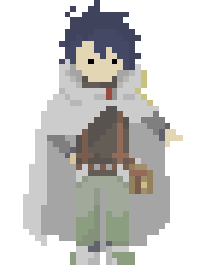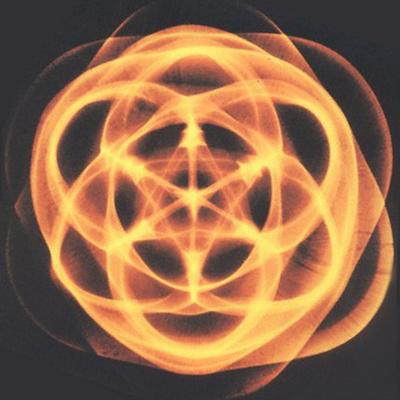Looks like it creates a few emoji printers in a vector, then prints them all. The output is all emoji, of course. The main function exits with a random return value just to be more quirky.
I’m not sure what the purpose of the 😎 function is. In main that first predicate is always true, so it prints the poop emoji. I don’t know why it’s behind an if.
Also, there’s a copy-paste error on line 31. Wrong emoji is used.
This guy emotes ᕦ(ò_óˇ)ᕤ
Wow that’s horrible. They’re using c++.
If you really need some nightmare fuel, some of us use c++ every day and even enjoy it.
it’s hard to believe…
It would be great to use some emojis in coding.
Imagine how much more readable it would be if you could break a loop with 💀 or return true with 👍. Or use ❓for ifs, or ↔️ for switch (the emoji didn’t work for that one). Or use an emoji to represent a custom object?
Maybe the ECMA should get on that!
Edit: I guess you can use emojis for custom objects in js.
Edit 2: ➡ for console.log
You’d still be left with the brackets and braces though. It might make more sense in a whitespace-based language pike Python
I see your point. Personally, I like the brackets and braces, they help organize. Or maybe that’s just what I’m used to.
emacs lisp already lets you use the full range of unicode.
Sorry, I meant ECMAScript
Programming typefaces with ligatures are a step in this direction.
I would try this in something like Haskell, where some of the more exotic character sequences get tricky to recognise.
Unison might be the best language to test this in. Having identifiers separate from the actual definitions, you can call anything whatever you want.
deleted by creator
Surprisingly more readable than standard C++
💩
🍊
🍉
🍉
🍍
🍅I didn’t bother trying to see what an output would be, but this is a nightmare.
Oh no, now I’m going to notice you in, like, every thread!
Hahaha, I’m inevitable! The nostalgia is too powerful!
This just prints:
💩 🍊 🍉 🍉 🍍 🍎Line 38 and 39 just check if a function that always returns false is false and if so, prints “💩\n”. (C++ uses the bit shift operator for file IO for some reason)
Line 41 creates a vector of shared pointers to an abstract class, or in other words, an array of functions. Each function prints the emoji, mostly the same as the name, but not always. ( 🍒 is the exception, it prints “🍉\n”)
43 and 44 just loop over the array and call every function inside, printing a bunch of emoji.
Line 46 returns the result of std::rand(), but because the programer forgot to call srand, the result is always the same (1804289383 for me).
(There are also a few missing includes, but I doubt this is intentional)
deleted by creator
Now imagine the poor sod who gets this as an interview question
“Please extend the following code in the same code style to sort [😀,😃,😄,😁,😆] using bubble sort”
Is 👀 even defined?
Yes, line 28 defines 🍴which defines 👀 and all the structs inherit from 🍴
Brand new sentence.
Mojo prepared me for this with their filename extension .🔥
deleted by creator
for a random C++ code snippet, this is actually kinda clean 😜
and I’m only half joking











